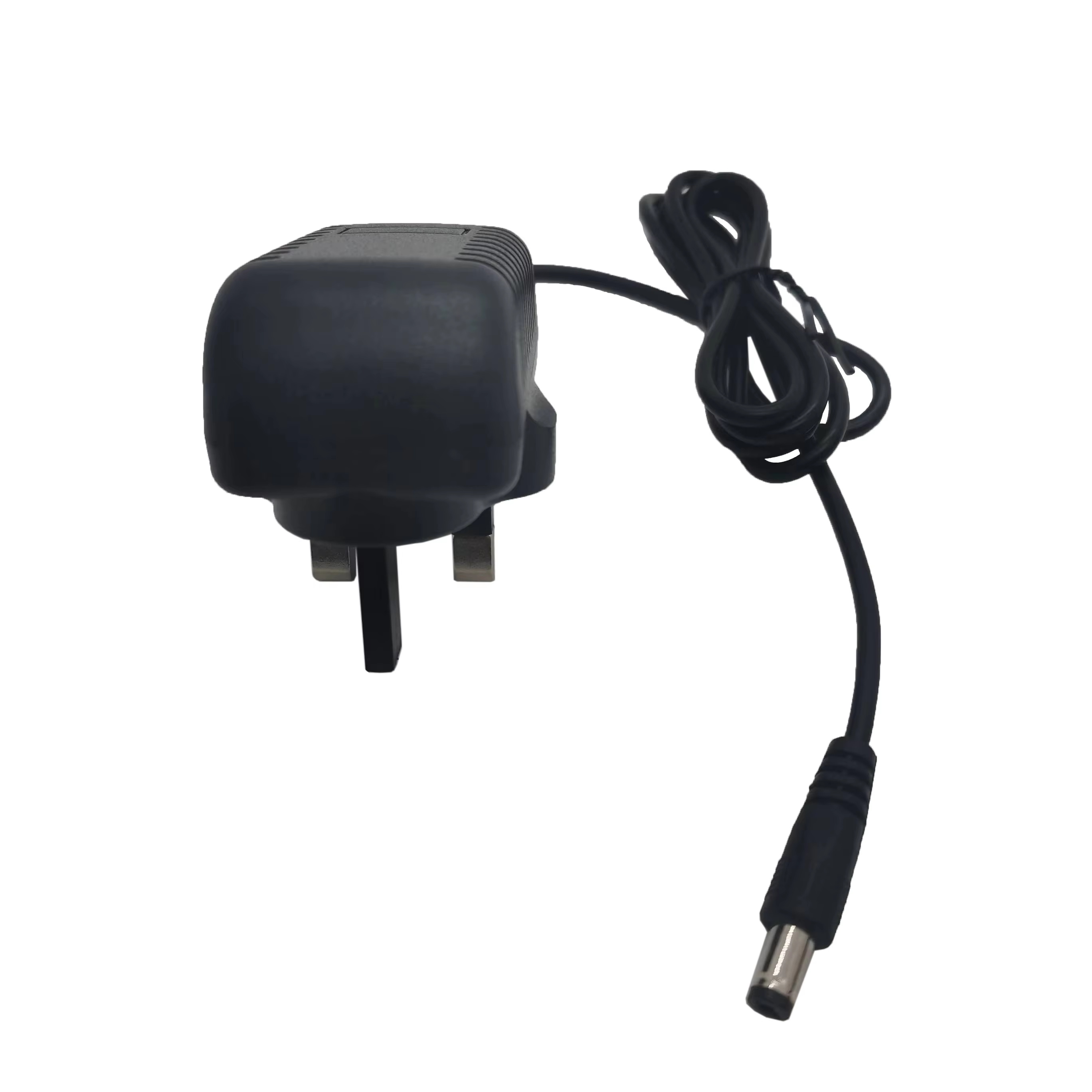Picking the right 12V power adapter keeps your device running smoothly and safely. A wrong choice can lead to overheating or even permanent damage. Always check the voltage, current, and polarity before you choose a 12V Power Adapter. Don’t forget to ensure the connector fits and the adapter has safety certifications.
Understanding How to Choose a 12V Power Adapter
Key Specifications: Voltage, Current, and Polarity
When you choose a 12V power adapter, the first thing to check is the voltage. Your device needs an adapter that matches its voltage requirement exactly. Using one with a higher or lower voltage can damage your device. Next, look at the current rating, measured in amps (A). The adapter’s current rating should meet or exceed your device’s needs. If it’s too low, your device might not work properly.
Polarity is another critical factor. Most devices use a center-positive polarity, but some don’t. You can usually find this information on your device or its original adapter. Always double-check because using the wrong polarity can cause serious damage.
Connector Types and Compatibility
Not all connectors are created equal. Devices use different plug sizes and shapes, so you’ll need an adapter with a connector that fits snugly. A loose or mismatched connector can lead to poor performance or even short circuits.
If you’re unsure about the connector type, check your device’s manual or measure the original plug. Universal adapters with interchangeable tips can be a good option if you have multiple devices.
Importance of Safety Certifications and Features
Safety should always be a priority. Look for adapters with certifications like UL, CE, or FCC. These labels mean the adapter meets safety standards and won’t overheat or cause electrical hazards.
Also, consider features like overcurrent protection, short-circuit protection, and surge protection. These can prevent accidents and extend the life of both your adapter and device.
Step-by-Step Guide to Choose a 12V Power Adapter
Identifying Your Device's Power Requirements
Start by checking your device’s power label or manual. Look for details like voltage (V), current (A), and polarity. These are usually printed near the power input or on the original adapter. If you can’t find this information, search online using your device’s model number. Knowing these requirements is the first step to avoid compatibility issues.
Matching Voltage and Current Ratings
The voltage of the adapter must match your device exactly. For example, if your device needs 12V, you must choose a 12V power adapter. The current rating, however, can be equal to or higher than your device’s requirement. A higher current rating won’t harm your device, but a lower one might cause it to malfunction.
Checking Polarity and Connector Fit
Polarity matters! Most devices use center-positive polarity, but some don’t. Double-check the polarity symbol on your device or its original adapter. Once you’ve confirmed this, make sure the connector fits snugly. A loose connection can lead to power interruptions or damage.
Evaluating Quality and Energy Efficiency
Not all adapters are created equal. Look for models with safety certifications like UL or CE. These ensure the adapter meets safety standards. Energy-efficient adapters, often labeled with an Energy Star rating, consume less power and save money in the long run.
By following these steps, you can confidently choose a 12V power adapter that meets your device’s needs and ensures safe operation.
Testing and Verifying Your 12V Power Adapter
Using a Multimeter to Test Voltage and Polarity
Before plugging in your new adapter, grab a multimeter to double-check its voltage and polarity. This tool helps you confirm that the adapter matches your device’s requirements. Set the multimeter to measure DC voltage. Then, connect the probes to the adapter’s output. The reading should match the voltage printed on the adapter.
Next, test the polarity. Look for the polarity symbol on the adapter. It shows whether the center pin is positive or negative. Use the multimeter probes to verify this. If the polarity doesn’t match your device, don’t use the adapter. It could damage your device.
Ensuring a Secure Connection
A loose connection can cause power interruptions or overheating. Plug the adapter into your device and gently wiggle the connector. It should stay firmly in place without any movement. If it feels loose, the connector might not be the right size.
Also, check the power cord for any visible damage. Frayed wires or bent plugs can lead to short circuits. Replace the adapter if you notice any of these issues.
Recognizing Signs of a Faulty Adapter
Even after testing, keep an eye on your adapter during use. Does it get unusually hot? Does your device shut off randomly? These are red flags. A buzzing noise or a burning smell is another sign of trouble.
If you notice any of these issues, stop using the adapter immediately. Faulty adapters can harm your device or even cause a fire. Always prioritize safety when you choose a 12V power adapter.
Choosing the right 12V power adapter doesn’t have to be complicated. Always match the voltage, current, and polarity to your device’s needs. Look for safety certifications like UL or CE to ensure reliability. Before using it, test the adapter to avoid surprises. A little extra effort now can save your device later!

